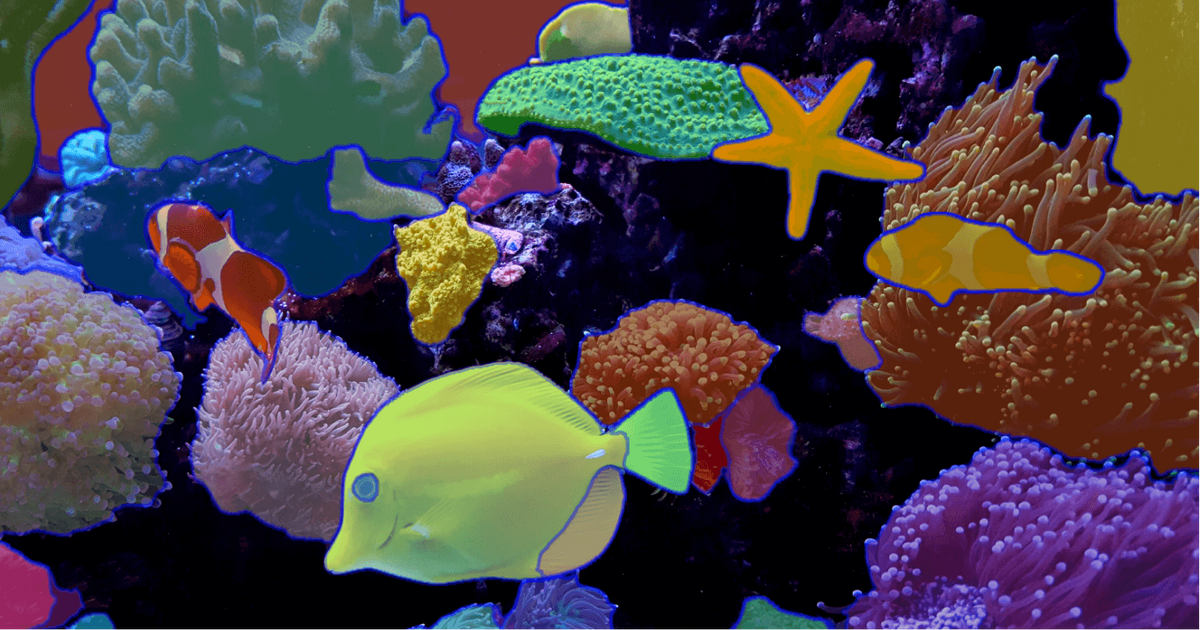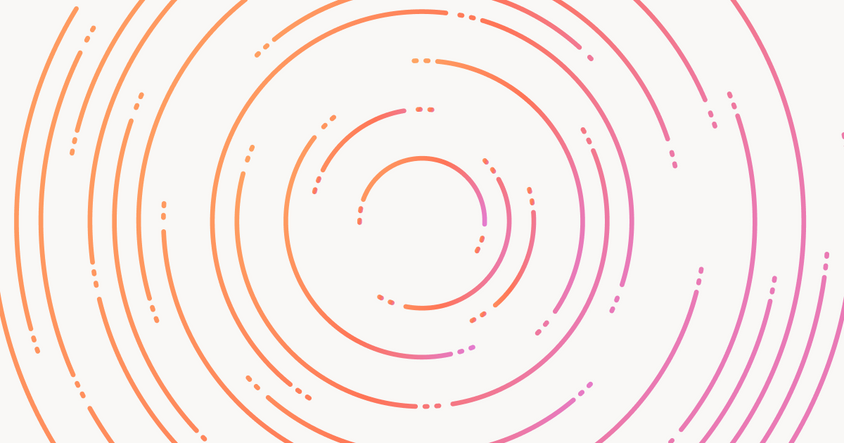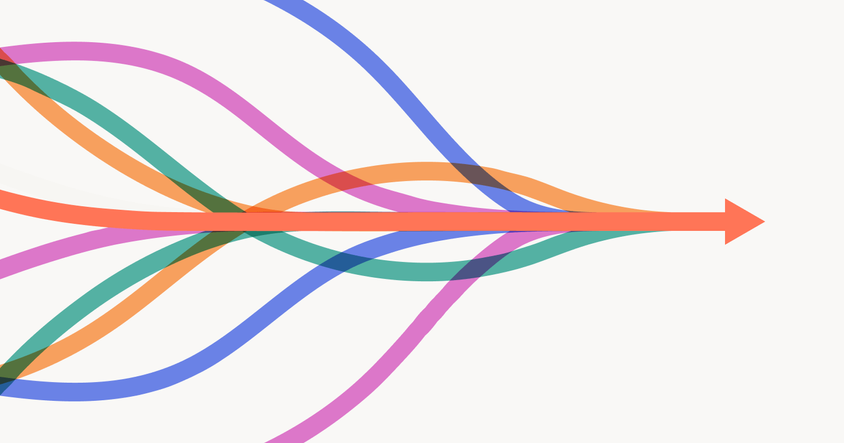Recap: Accelerate Your Image Annotation Workflow with Label Studio and Segment Anything

Thank you to everyone who joined our recent webinar on "Accelerate Your Image Annotation Workflow with Label Studio and Segment Anything." For those who missed it or wish to revisit the insights you can watch the video on YouTube: https://youtu.be/5tGQAEdKwe4
Chris Hoge, the head of the community at Human Signal for the Label Studio community, led this webinar. The Segment Anything ML Backend for Label Studio was originally developed Shivansh Sharma, an engineering intern at HumanSignal. As a student, he developed the Segment Anything plugin to help with an image annotation problem he faced in his studies. This innovation showcased his prowess and led to his current role with HumanSignal.
Meta’s Segment Anything Model (SAM)
The Segment Anything Model (SAM) is a powerful AI model designed with the primary objective of parsing and separating objects from images that is making waves in the computer vision community. Originally developed by Meta, formerly known as Facebook, SAM was introduced as an open-source model. Its primary function is identifying and extracting a diverse range of object classes from any given image.
SAM is able to detect different objects in an image and subsequently generate segmentation masks for them. Before the advent of SAM, professionals relied on traditional methods like polygons, bounding boxes, or magic wands for image segmentation. However, SAM has revolutionized this process, offering unparalleled ease of use and precision.
The uniqueness of the SAM and Label Studio integration lies in its zero-shot capability. This means the model can effectively handle tasks it hasn't been explicitly trained on, showcasing its adaptability and potential. As the integration continues to evolve, the possibilities are endless, from enhancing image annotation to venturing into video segmentation and caption extraction based on detected objects.
Practical Use: Labeling Images with Segment Anything and Label Studio
As a Label Studio user, Shivansh saw the potential in SAM and integrated it into its platform. With SAM now officially supported as a Label Studio ML backend, users across the spectrum, from students to large-scale enterprises, can leverage its capabilities. The workflow is seamless: the SAM backend processes user-selected key points and the original image, returning a meticulously segmented image to Label Studio's ML backend.
A standout feature of this integration is the "Key Point Integration." A significant emphasis was placed on this feature during its development, allowing users to drop a pin to select a specific object in an image. This key point serves as a reference for the model, guiding its segmentation prediction. The integration is so refined that users can further enhance the generated image mask within Label Studio's interface, ensuring the highest degree of accuracy.
Label Studio is introducing additional features to augment the user experience. Bounding boxes, for instance, can be employed to focus on specific image regions.
Label Studio has emerged as a robust tool in the realm of data management, offering an array of functionalities tailored to meet diverse needs. A notable feature is its integration with cloud storage, simplifying the process of uploading images directly to the platform in the long term, but you can directly upload the images to Label Studio as well.
Tailored Image Detection Template
Label Studio has a range of predefined templates designed for various applications. However, it also allows users to design custom image detection templates. These are structured as XML files, filled with specific tags, allowing a personalized setup. The 'image tag' is a unique identifier for future reference.
Diverse Labeling Mechanisms
Label Studio provides users with several annotation tools for image annotation. These include:
- Brush Labels: Along with the easer tool, the brush label allows an annotator to paint in the pixels that represent a specific object.
- Keypoint Labels: Keypoint labels guide a machine learning backend in identifying an object in an image by placing a coordinate point within that object.
- Rectangle Labels: A rectangle give a bounding box around an object. In traditional object detection methods like YOLO, the bounding box is an annotation in its own right. For image segmentation models, the rectangle label sets a boundary on where th object is located, and helps to guide the machine learning backend in identifying the object.
Integration with Machine Learning
One of Label Studio's strengths is its seamless integration capability with machine learning. Within the platform's settings, there's a dedicated section where users can incorporate a machine-learning model. The "Segment Anything" model requires specific configurations, including an API token from Label Studio.
The Role of Docker in Label Studio
Docker, the industry-standard platform for developing and deploying applications within containers, is an easy way to deploy Label Studio. It's important to understand that Docker containers function within their isolated environments. Therefore, when integrating a machine learning model, ensuring the correct IP address is targeted is crucial.
Pro Tip: Docker and Localhost Access
When working with Docker and Label Studio, a common challenge users face is accessing services running on the host machine, often referred to as localhost. If you're trying to connect Label Studio (running inside a Docker container) to a service on your host machine, using localhost inside the container will reference the container itself, not the host.
To address this, instead of using localhost, use the host machine's internal IP address or use the special DNS name host.docker.internal (on Docker for Windows and Docker for Mac). This will point to the host machine, allowing the Docker container to access services.
Balancing Automation and Human Judgement in Annotation
Effective data annotation balances automation, powered by machine learning and manual refinement. The human touch remains essential to fine-tune models and ensure the highest level of accuracy.
Data Export Made Simple
Once the annotation process is complete, Label Studio facilitates data export in various formats, including JSON, allowing for easy integration into other projects.
Key Takeaways on Using LabelStudio and SAM
There were a ton of great questions that might be helpful to other users.
- On Handling Multiple Models: While Label Studio supports integrating multiple models, it's designed to have only one active at a time. The platform recognizes that different predictions might stem from different models.
- Browser Compatibility Insights: Safari is generally compatible with Label Studio, while Firefox might present occasional challenges. Chrome is extensively tested and remains a top recommendation. The choice between Chrome and Brave largely depends on user preferences and considerations around data privacy.
- SAM Model's Capabilities: The SAM model is primarily oriented towards image segmentation and doesn't inherently cater to text prompts. However, the platform allows users to integrate custom models to address specific needs, ensuring compatibility with the desired annotation format
SAM and Label Studio for Faster Computer Vision Annotation
The combination of Meta's Segment Anything Model (SAM) and Label Studio offers a robust solution for image annotation. The tailored image detection templates, diverse labeling mechanisms, and integration with machine learning stand out. Docker's role in Label Studio ensures scalability and efficiency. The balance between automation and human judgment is well-considered, making this toolkit valuable for those in the development and data annotation space.
Check out the Getting Started with Segment Anything tutorial to learn how to add the Segment anything model to your own labeling workflow, and watch the YouTube recording of the webinar to see a live demo!


